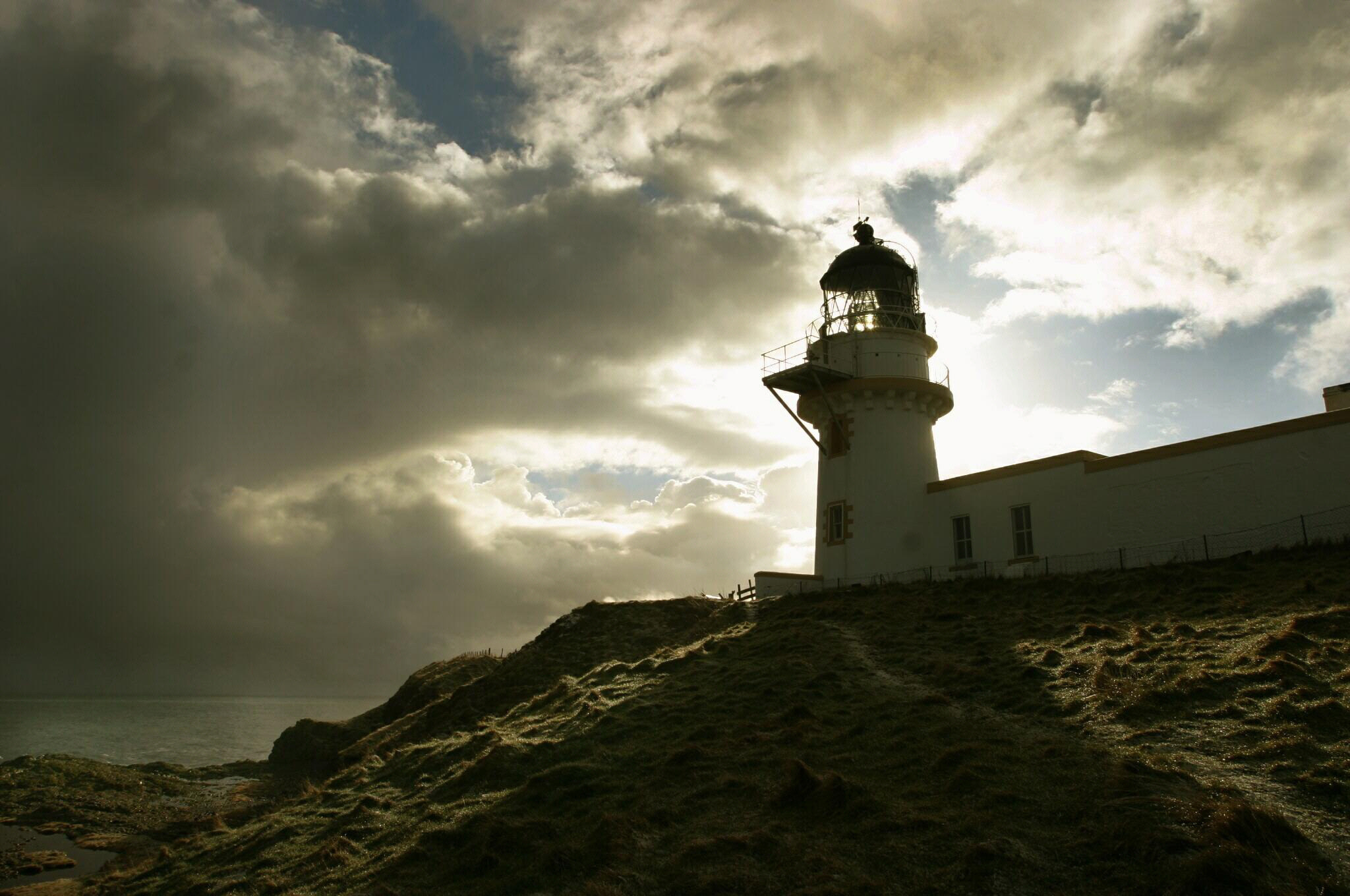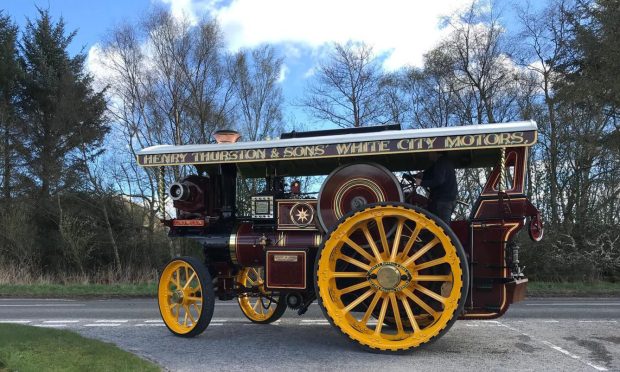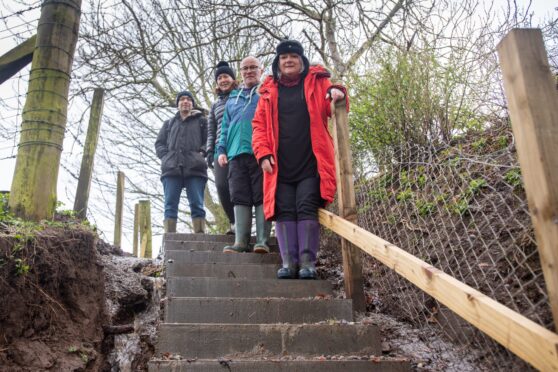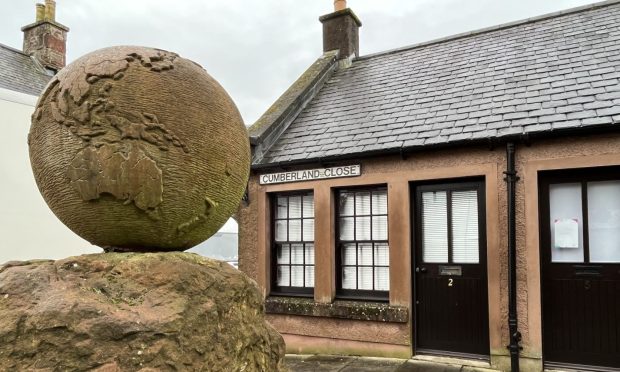A wartime mystery that saw a munitions ship wash up on the Mearns coast, 500 miles away from its last known location, has been remembered a century on.
The British steel cargo ship SS Reindeer left the French port of Dieppe bound for Middlesbrough in ballast on November 14 1916, and was last seen off the South Downs a day later.
She was not seen or heard from until November 19 when the first fragments of her wreckage, including her nameplate, was found by lighthouse keepers at Todhead between Inverbervie and Stonehaven.
It is thought the 2,142-tonne steamer was set to retrieve ammunition for the Western Front.
All 25 crew drowned and most bodies were never recovered, apart from a few which washed ashore between Aberdeen and Montrose, along with the ship’s foredeck and a large amount of wreckage.
The Kincardineshire Police of the time retrieved the body of one man was washed ashore at Inverbervie but no clothing was on the body or identifying features apart from a gold ring on one of his fingers.
The Reindeer was built in 1896 by the shipping magnate John Priestman.
Some of her remains are still below the waterline at Sheildhill, and there is one easily-seen record of the Reindeer at Gourdon, the grave of first officer Richard Trey.
Some of the surviving details of the shipwreck were recorded by the late Roy Souter from Stonehaven, whose book A Wild and Rocky Coast collected his area’s maritime heritage from 1588 to 1985.
He wrote: “Being wartime, reports on this disaster are a bit sketchy.
“Some locals believed that the ammunition ship blew up on striking the Muckle Shield, the promontory from which the hamlet of Shieldhill takes its name.
“Another story was that there was a collision at sea and that two ships were lost.”
Dave Ramsay, the director of Mearns Heritage Services, said: “This is just another example of the dangers which the wild and rocky coast of Kincardineshire presented to sailors and shipping, and amazingly happened within the range of the beam from Todhead lighthouse, which was built for averting danger at this treacherous stretch of shoreline.
“The kirkyards of Gourdon, Kinneff and Catterline all bear some testimony to these local tragedies, with often only a single body washed ashore, and taken care of by the goodwill of the local fishing communities.
“On the famous occasion of the Northern Belle, being wrecked at Whistleberry next to Sheildhill, the wreck was found, but not a single trace of the crew, although a meal was half prepared below decks, and the hold full of fish.
“It is these stories which provide us with the rich maritime heritage of our Kincardineshire coastline.”










